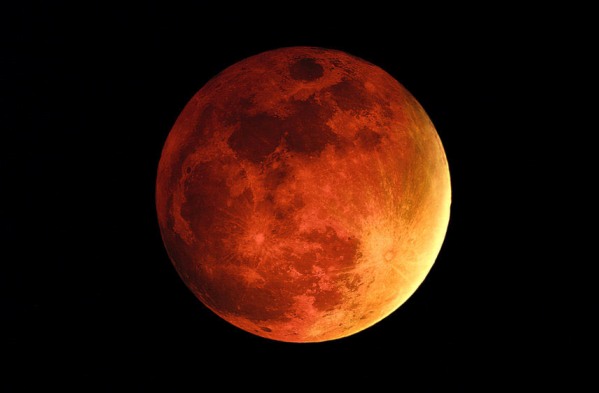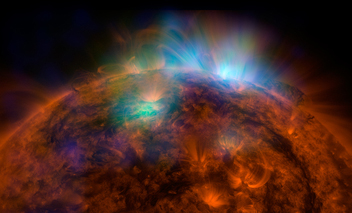
MOSCOW (PTI): Scientists, including NASA researchers, have created a 'map' of the distribution of water vapour in Mars' atmosphere.
Researchers observed seasonal variations in atmospheric concentrations in Mars using data collected over ten years by the Russian-French SPICAM spectrometer aboard the Mars Express orbiter.
This is the longest period of observation and provides the largest volume of data about water vapour on Mars, said scientists from the Space Research Institute of the Russian Academy of Sciences and the Moscow Institute of Physics and Technology (MIPT), who worked with the French laboratory LATMOS and NASA's Goddard Center.
Conditions on Mars - low temperatures and low atmospheric pressure - do not allow water to exist in liquid form in open reservoirs as it would on Earth.
However, on Mars, there is a powerful layer of permafrost, with large reserves of frozen water concentrated at the polar caps.
There is water vapour in the atmosphere, although at very low levels compared to the quantities experienced here on Earth.
If the entire volume of water in the atmosphere was to be spread evenly over the surface of the planet, the thickness of the water layer would not exceed 10-20 microns, while on Earth such a layer would be thousands of times thicker.
Data from the SPICAM (Spectroscopy for Investigation of Characteristics of the Atmosphere of Mars) experiment allowed scientists to create a picture of the annual cycle of water vapour concentration variation in the atmosphere.
The content of water vapour in the atmosphere reaches a maximum level of 60-70 microns of released water in the northern regions during the summer season, researchers found.
The summer maximum in the southern hemisphere is significantly lower - about 20 microns.
The scientists have also established a significant, by 5-10 microns, reduction in the concentration of water vapour during global sandstorms, which is probably connected to the removal of water vapour from the atmosphere due to adsorption processes and condensation on surfaces.
"This research, based on one of the longest periods of monitoring of the Martian climate, has made an important contribution to the understanding of the Martian hydrological cycle - the most important of the climate mechanisms which could potentially support the existence of biological activity on the planet," said co-author of the research Alexander Rodin, deputy head of the Infrared Spectroscopy of Planetary Atmospheres Laboratory at MIPT.
 Previous Article
Previous Article Next Article
Next Article













The Indian Air Force, in its flight trials evaluation report submitted before the Defence Ministry l..
view articleAn insight into the Medium Multi-Role Combat Aircraft competition...
view articleSky enthusiasts can now spot the International Space Station (ISS) commanded by Indian-American astr..
view article